Modern Rodding TECH
InTheGarageMedia.com

 Photography by Jack Chisenhall & George Hagy
Photography by Jack Chisenhall & George Hagyack Chisenhall is probably best known as the founder of Vintage Air, but he is also a hands-on hot rodder who drives the wheels off the cars he creates. His ’39 Ford sedan has racked up close to 200,000 miles and he’s gone 240 mph at Bonneville in his ’53 Studebaker with the air conditioning on. Chisenhall’s automotive interests are best described as varied, his collection has included everything from vintage race cars to a French Facel Vega sports coupe. But it’s safe to say that the inspiration for his latest creation, and the winner of the 2023 Grand National Roadster Show’s America’s Most Beautiful Roadster trophy, came from Chisenhall’s fascination with the Indianapolis 500.
Interestingly, the name “Champ Deuce” was bestowed on Chisenhall’s ’32 long before winning the AMBR trophy. The origin of the name is from what many consider the heyday of the Indy 500, the front engine roadster era from 1952 to 1966. The term “champ car” came from the United States Auto Club (USAC) sanctioned open wheel events in its Championship racing division, which included everything from dirt ovals to the bricks of the Indianapolis 500. (Two-time Indy winner, Bill Vukovich, came up with the term “roadster” to describe a front engine race car with solid axles on both ends, and it stuck). Chisenhall combined history, his passion for Indy, and love of hot rods, and the result was named the Champ Deuce.
Planning the construction of the Champ Deuce began in Chisenhall’s imagination almost five decades ago and was followed by years of collecting rare parts, like the Halibrand magnesium knockoff Indy wheels, pin drive hubs, N.O.S. Halibrand Indy fuel tank cap, and an original ’32 Ford roadster body, frame, and grille shell. After years of planning and searching for parts and encouragement from Indycar racer and fabricator, Jackie Howerton, construction began in earnest in 2017. The frame was mounted on a salvaged Amarillo railroad station depot cart modified with the addition of a 5-foot by 10-foot by 1/2-inch steel plate covered by a 3/4-inch aluminum plate surface ground to make it completely flat. With the talented George Hagy as principal fabricator, he and Chisenhall began construction of the chassis with the framerails secured to the cart. To ensure absolute accuracy, it would remain there until all the suspension work was done, the running gear was put in place, and the body was mounted.
Modifications to the original Ford framerails included replacing original buggy spring suspension with custom-made torsion bars on both ends. Up front, the arms for the longitudinal torsion bars attach to the tops of the kingpins with custom shackles that allow the axle to move up and down and the wheels to turn. In the rear, the transverse torsion bar is inside the rear crossmember with the arms running forward to the Winters quick-change. Gary Gates was responsible for machining the splined torsion bar arms and other parts, while Mark Grohman helped with assembly.
Inside the body is a tubing framework designed to stiffen the frame and secure the body to the ’rails with a clever system of tapered pins and bolts. The attachment bolts run through vertical tubes in the frame and thread into the ends of the reinforcement framework inside the body. The effect is to sandwich the sills of the body between the tubing and the framerails. An additional benefit of the internal framework is that it provides side impact protection for the driver and passengers (the framework also accommodates a removable rollbar).
It goes without saying that the guy who developed air conditioning for hot rodders in 1976 would install a custom climate control system in his own car. And before anyone questions the wisdom of A/C in a roadster, we’ll point out this car will be equipped with a top and unique Lexan side curtains that swing into place.
The powerplant in the Champ Deuce is another example of Indy’s influence. Chisenhall was inspired by the late Tony Capanna’s 270ci Dodge Hemi-powered effort in the 1955 race. Unfortunately, although the little Hemi performed extremely well when qualifying began, an errant rivet from a baffle in the dry-sump oil tank caused an oil pump problem and the engine seized, causing the car to spin; the resulting damage meant that Capanna’s car did not make the field. With Capanna’s attempt in mind underhood the Champ Deuce is a 354ci Dodge Hemi. It has a host of custom parts, including heads Chisenhall had cast in aluminum and a throttle body fuel injection built by Cody Chapman. Behind the Hemi is a TREMEC six-speed transmission.
To fully appreciate the Champ Deuce, we will be presenting a feature on the completed car in an upcoming issue of Modern Rodding and follow that up with a detailed look at the modifications and assembly of the Dodge Hemi. Stick around and you’ll see why the Champ Deuce is in indeed a winner.
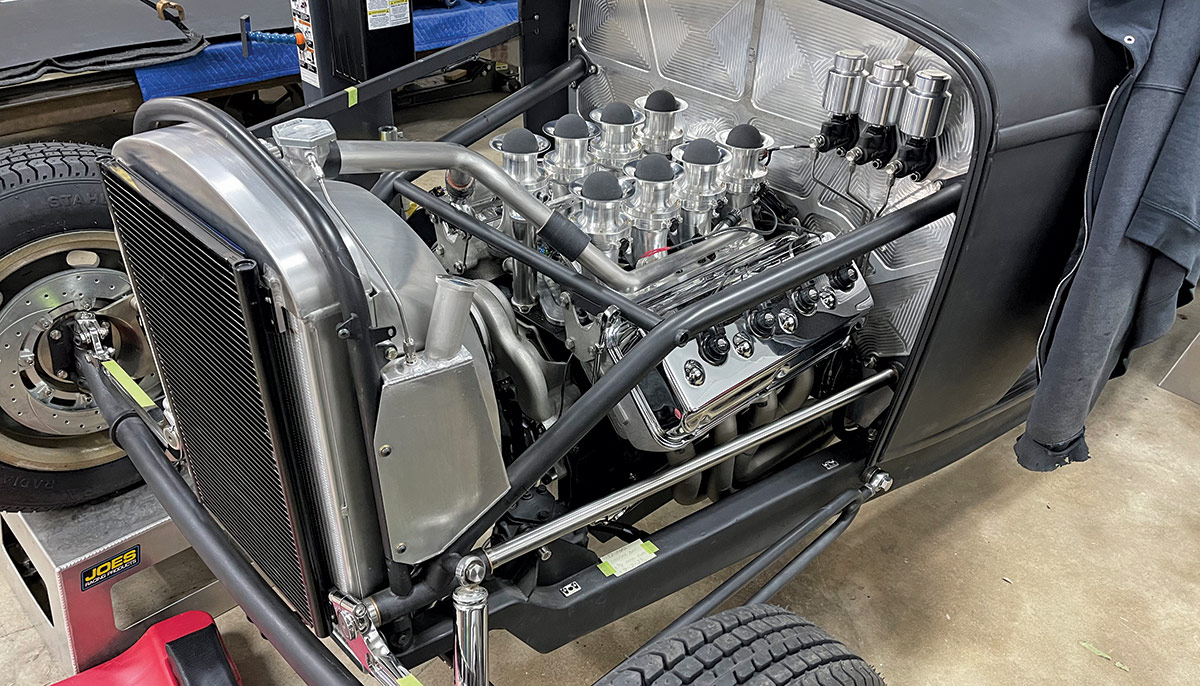
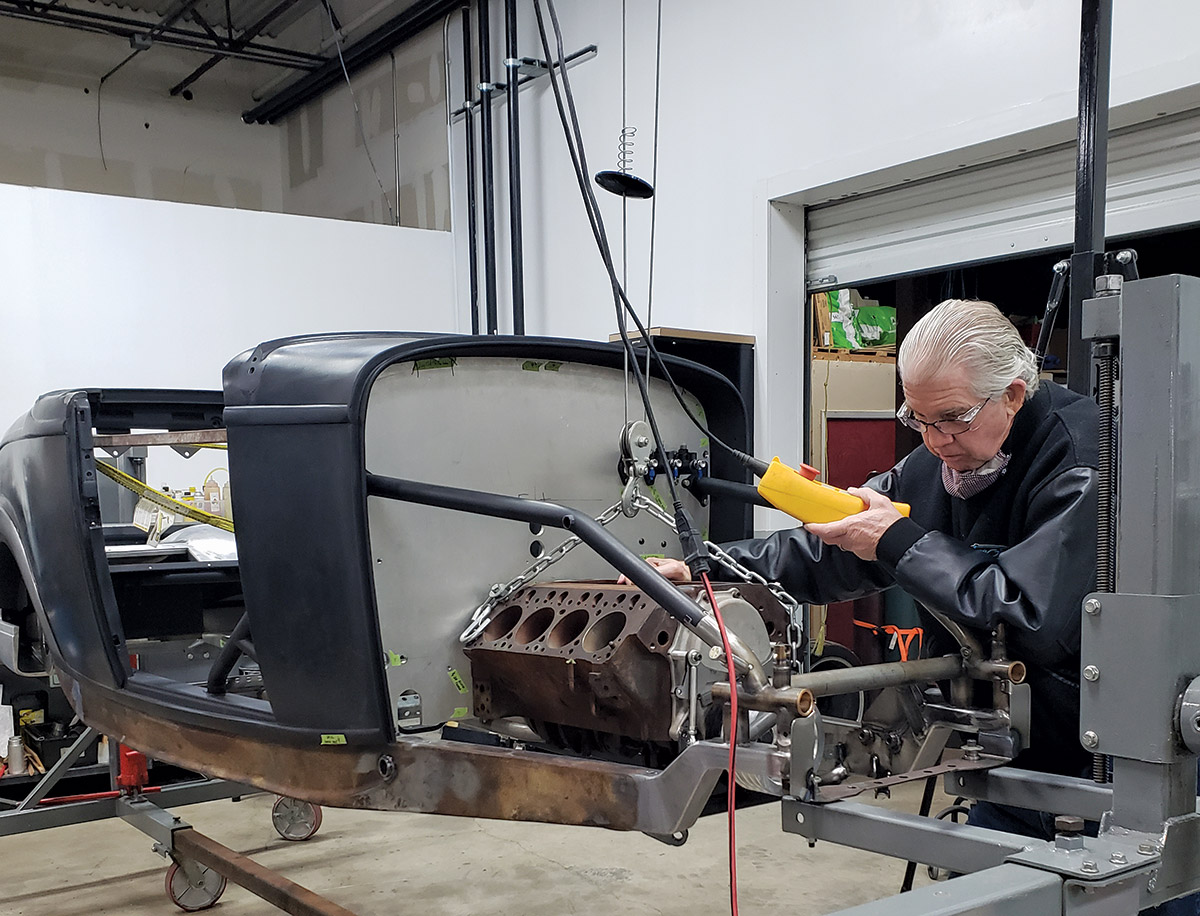
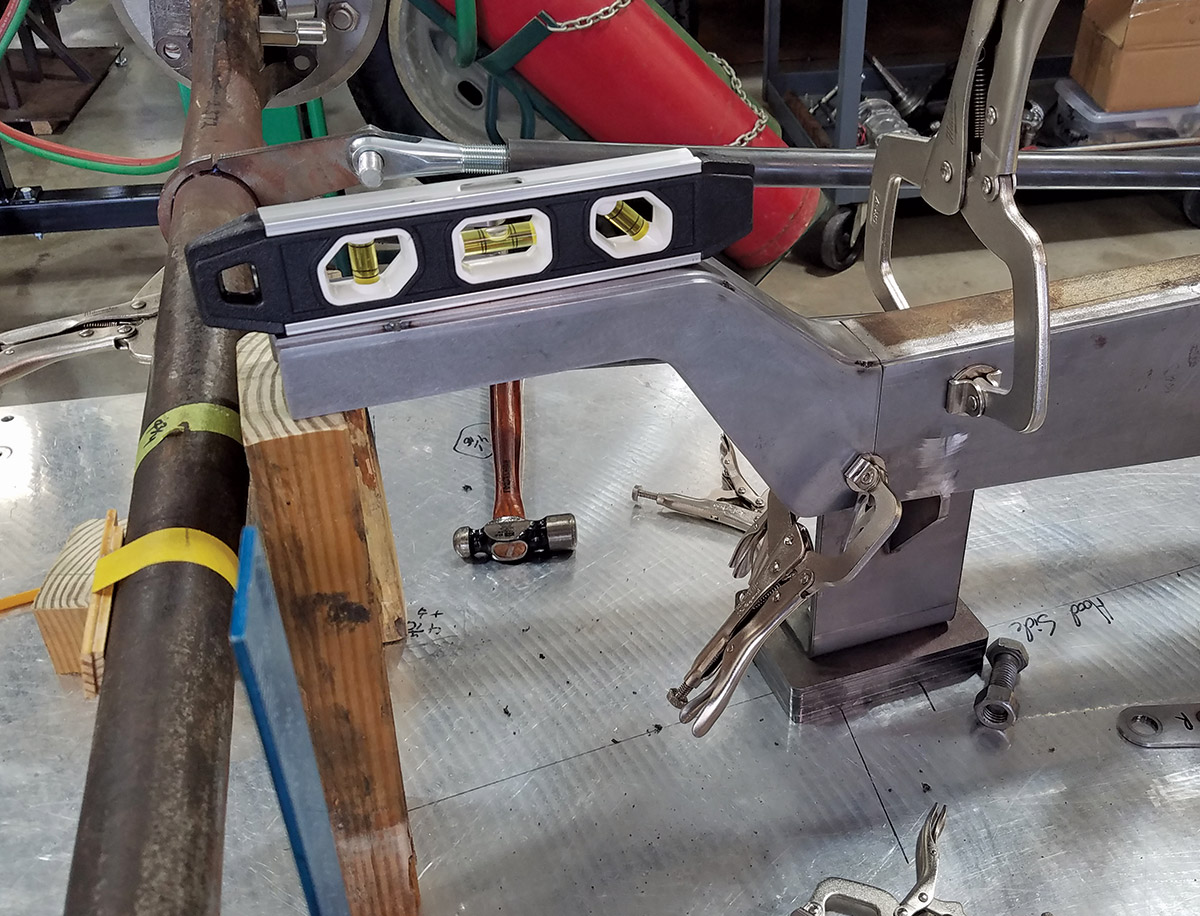
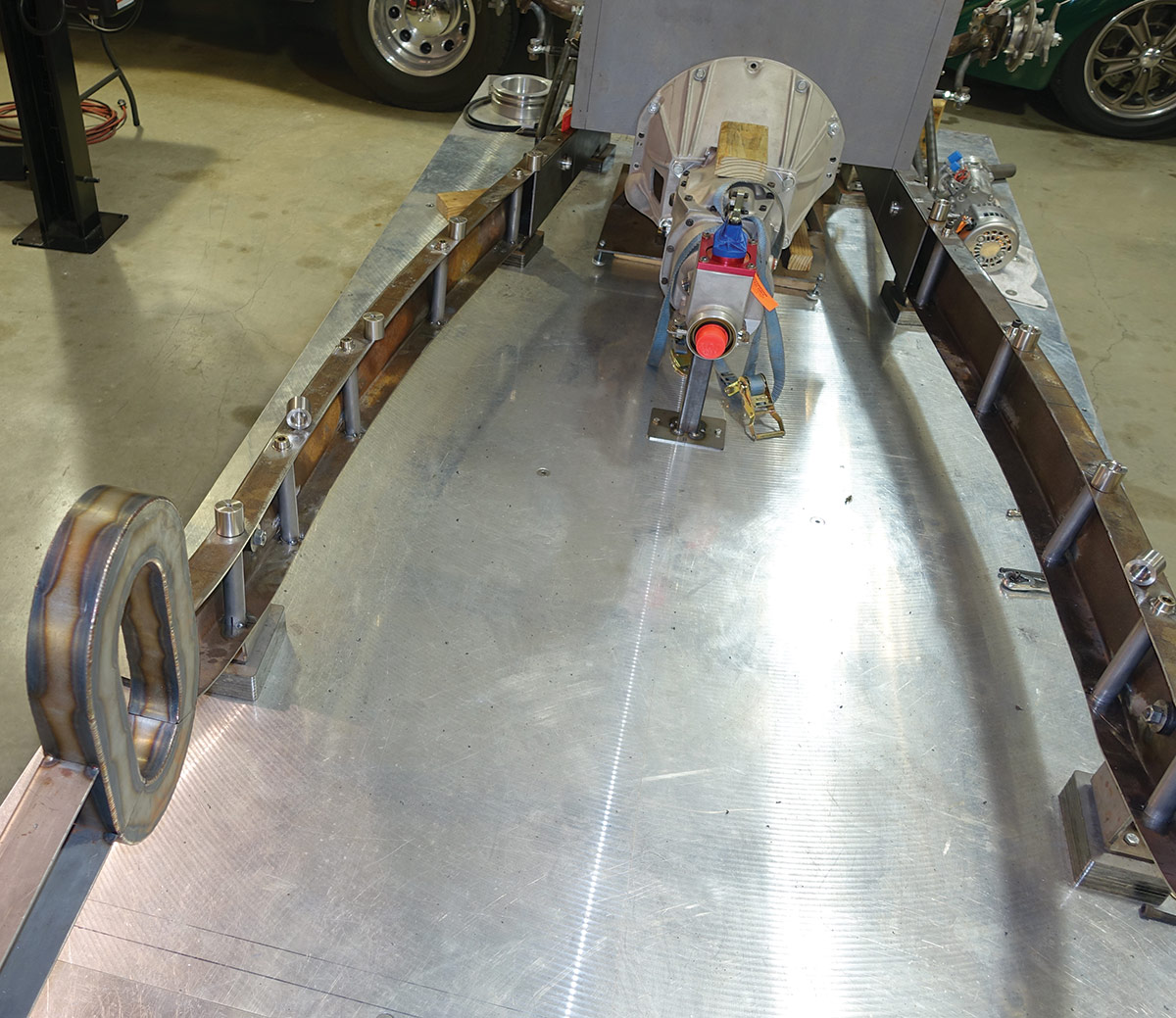



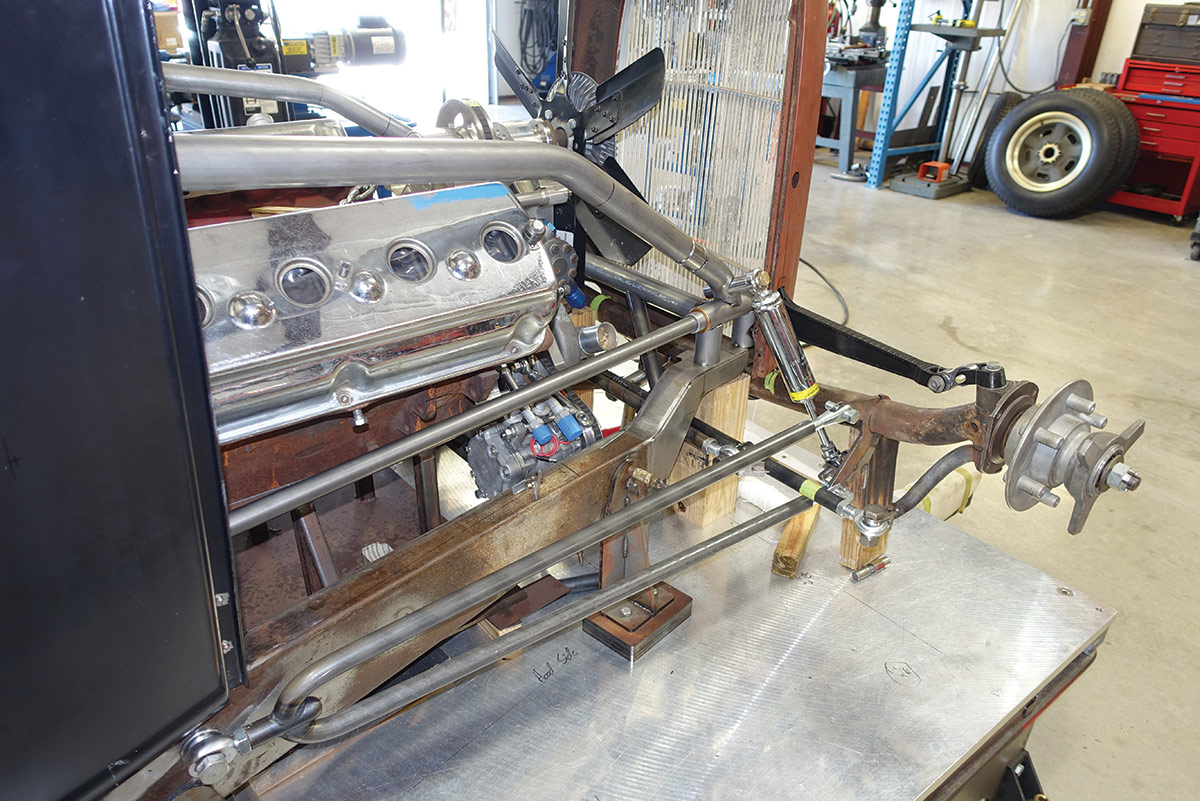
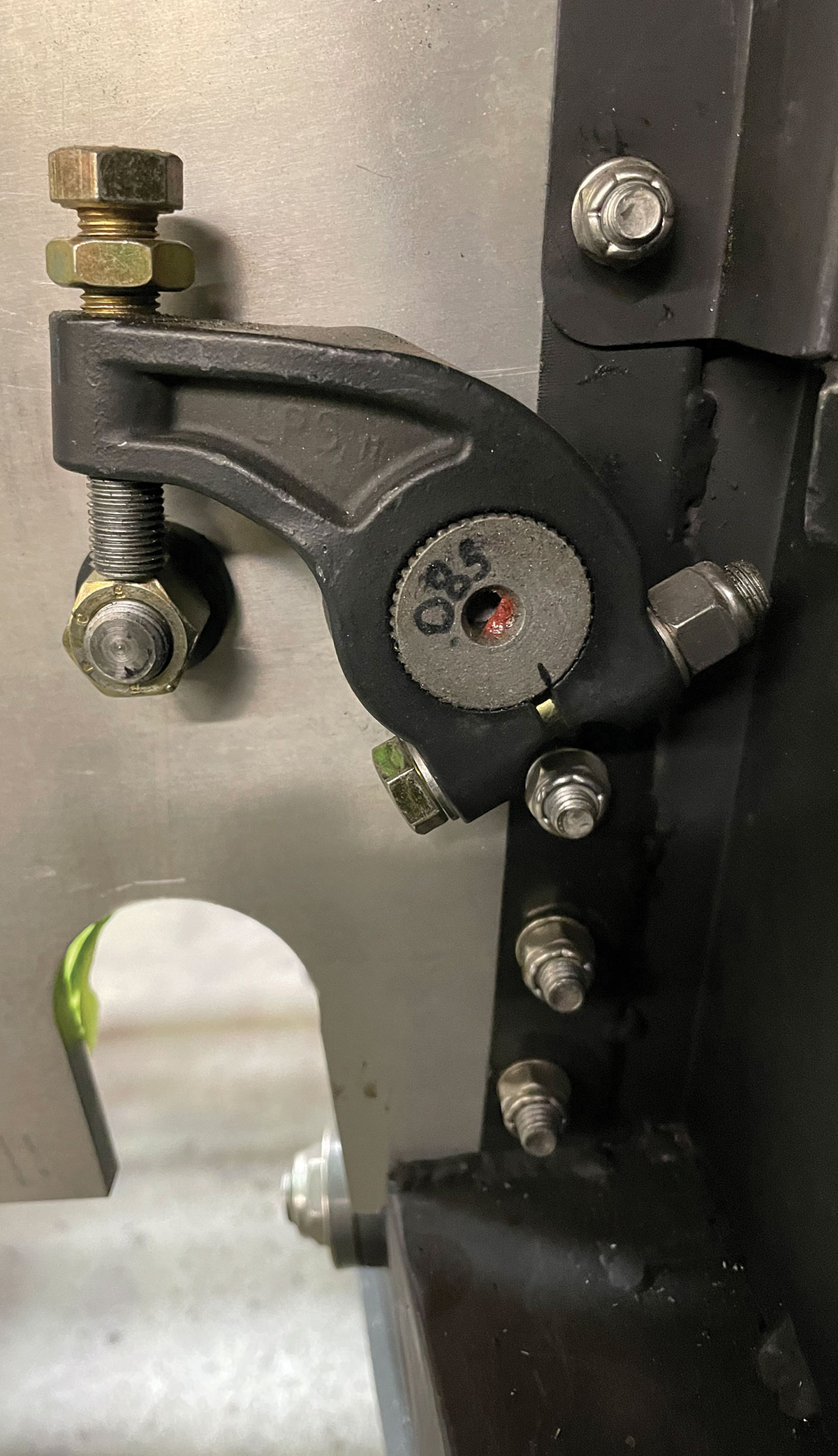
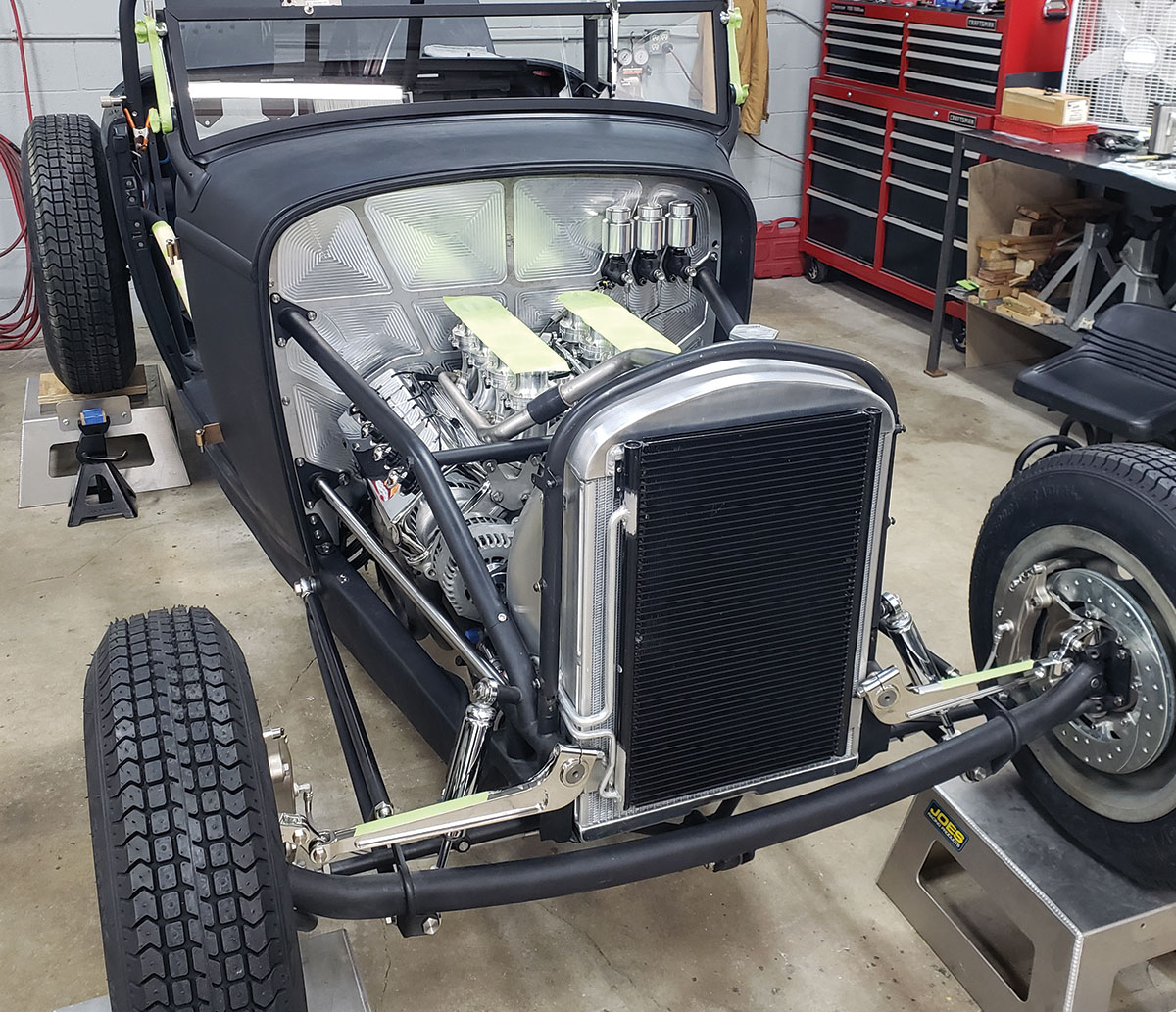
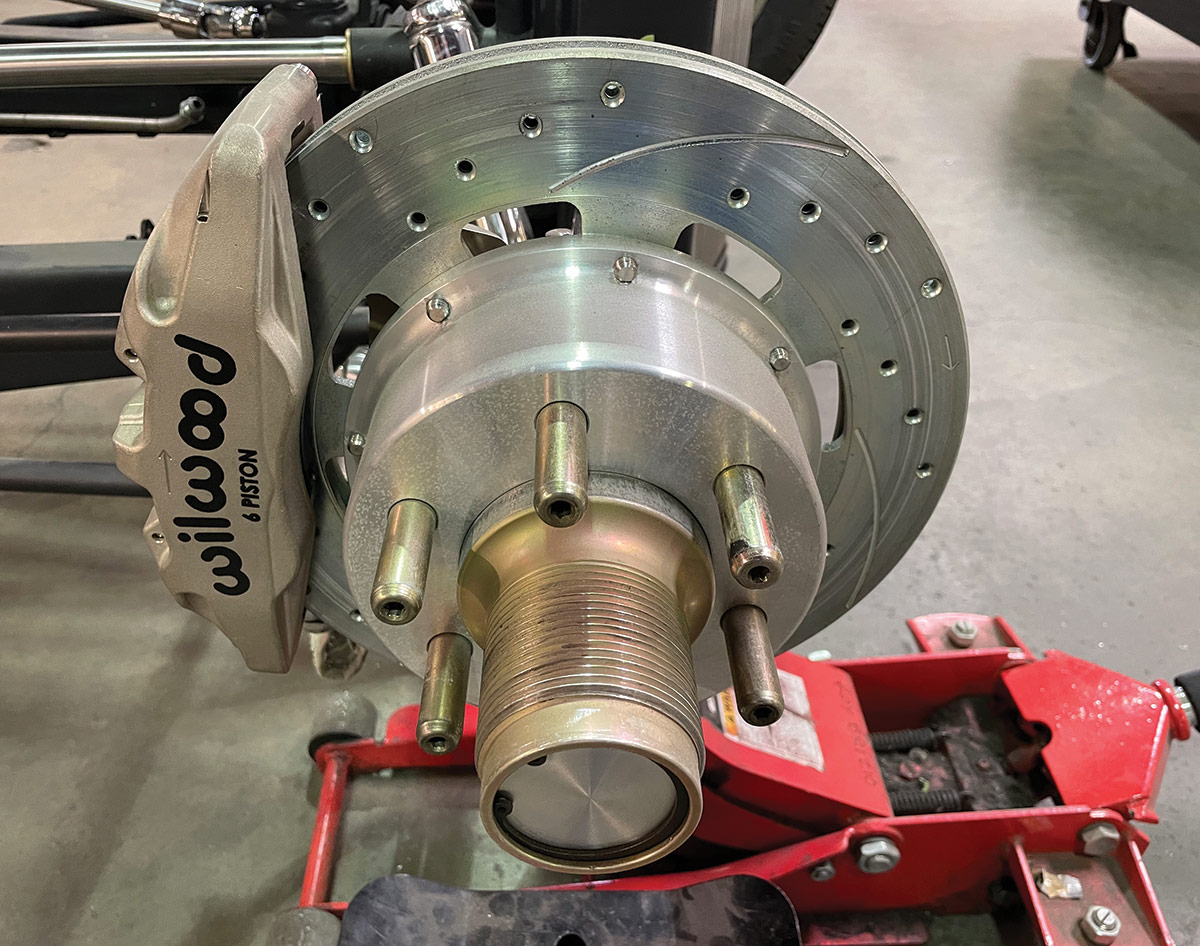


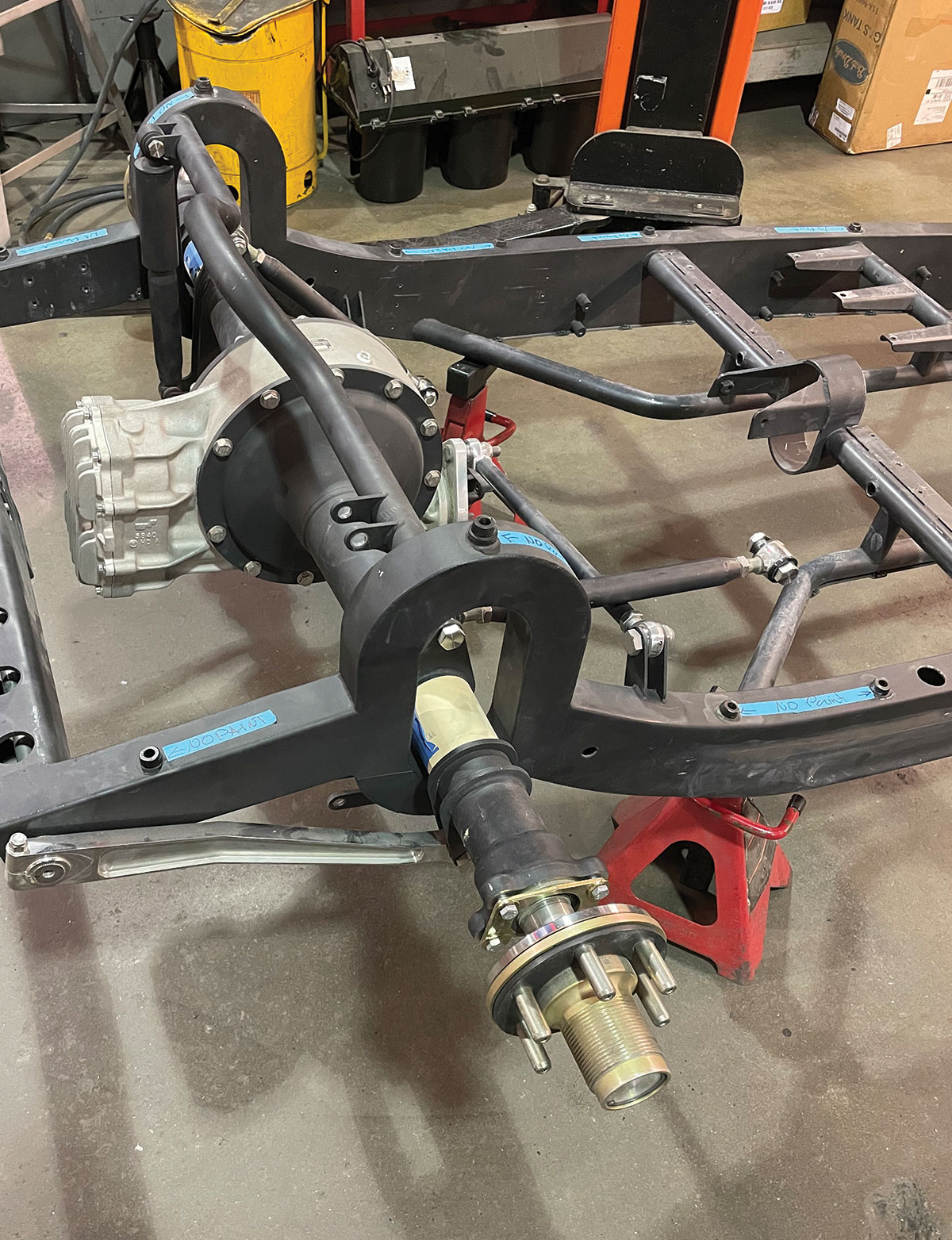
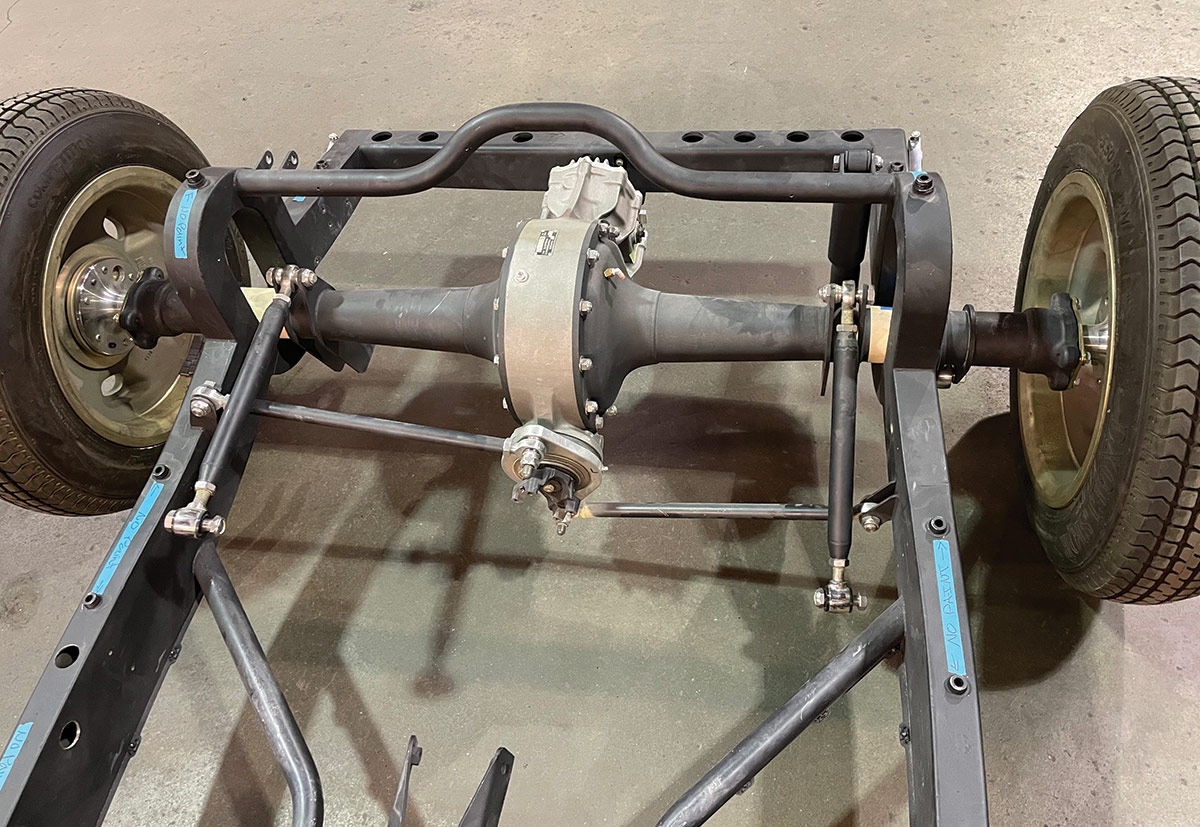
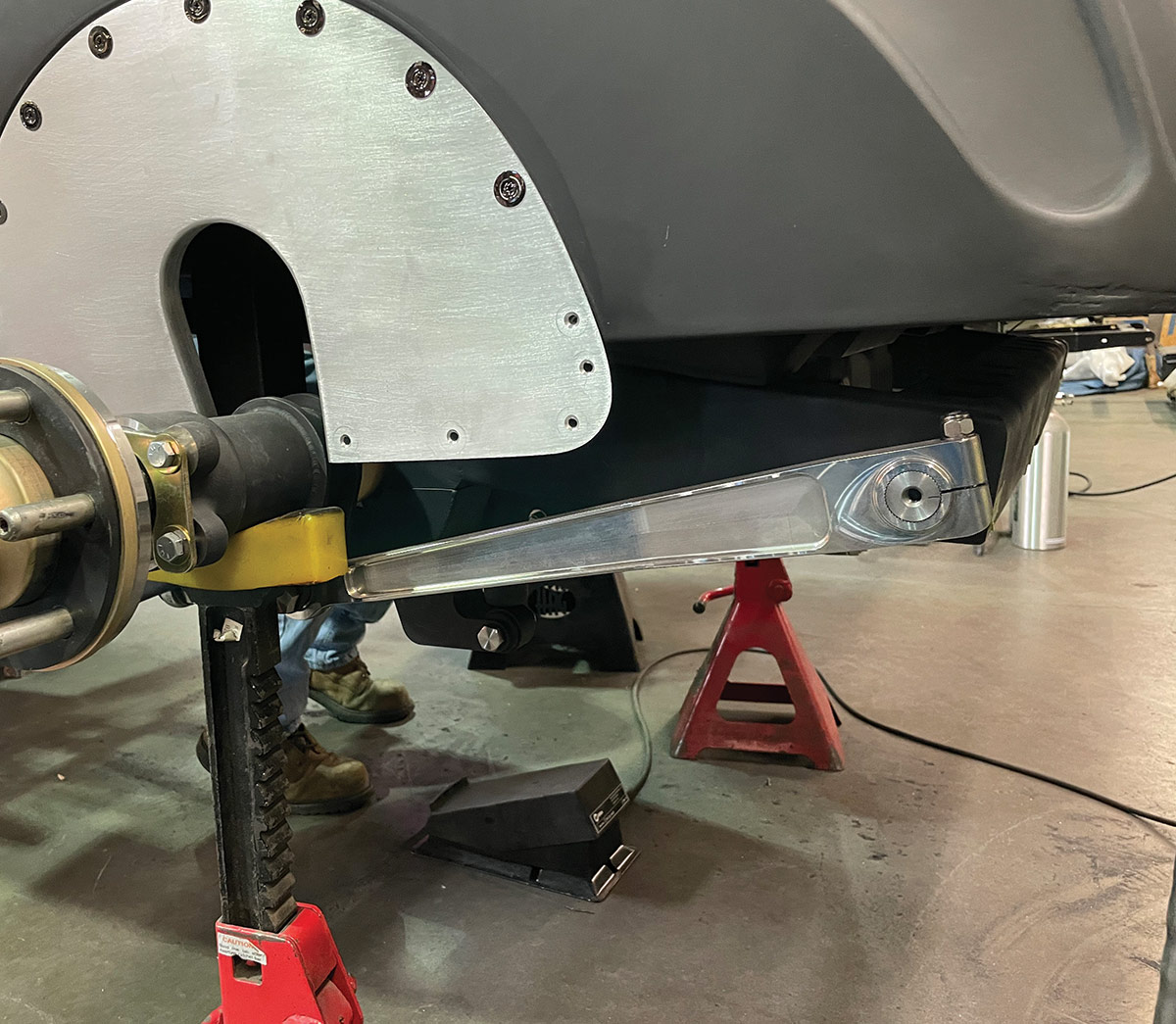
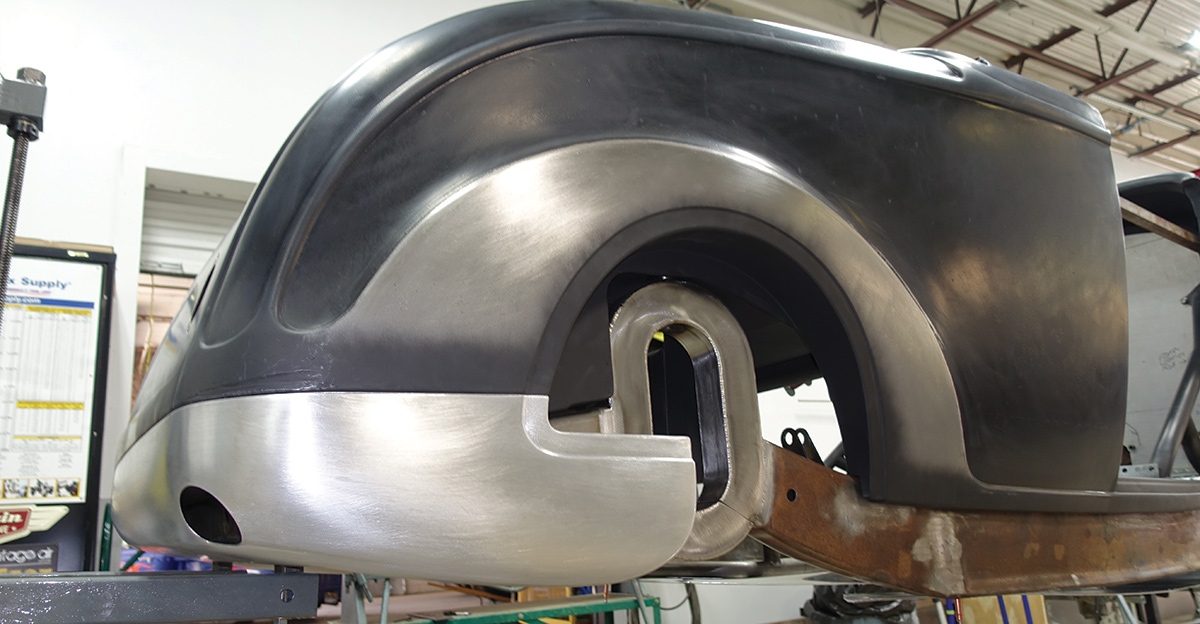
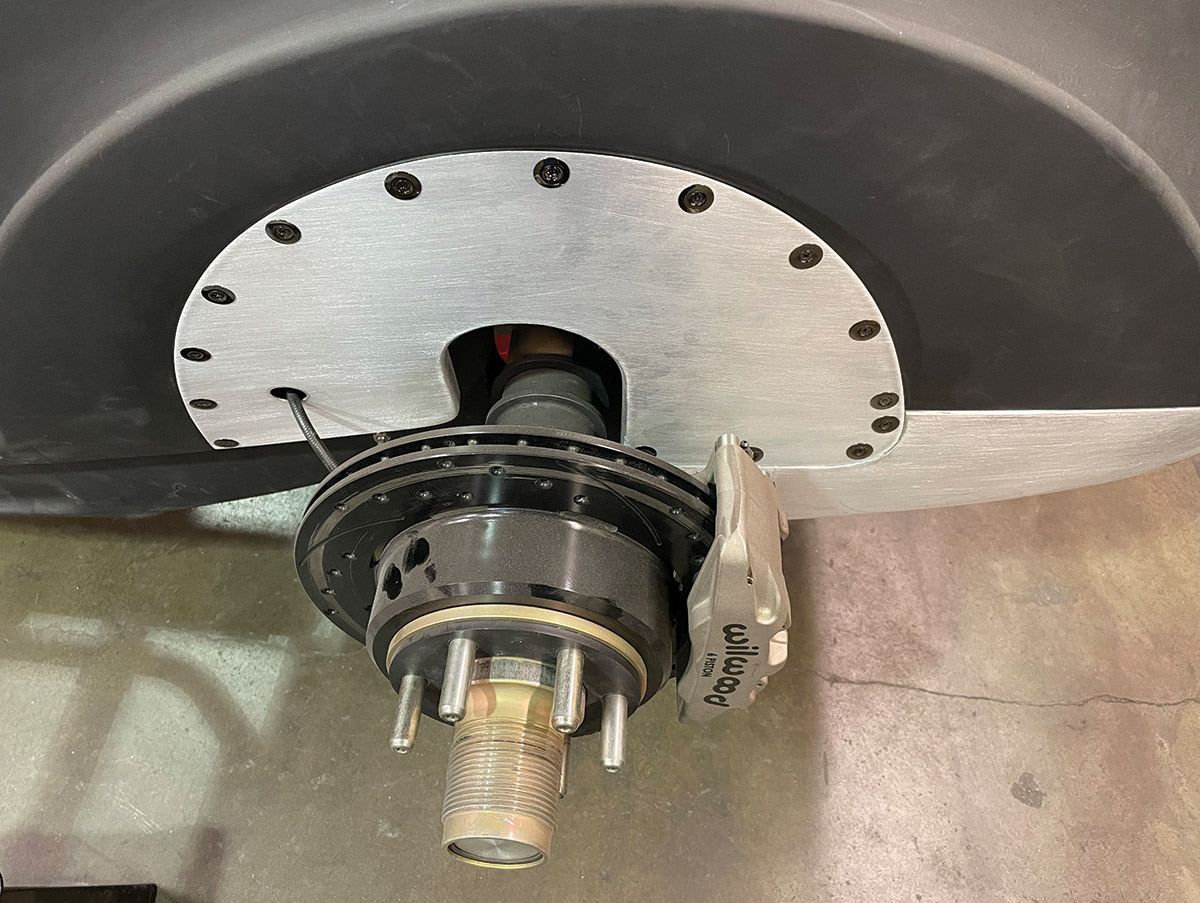
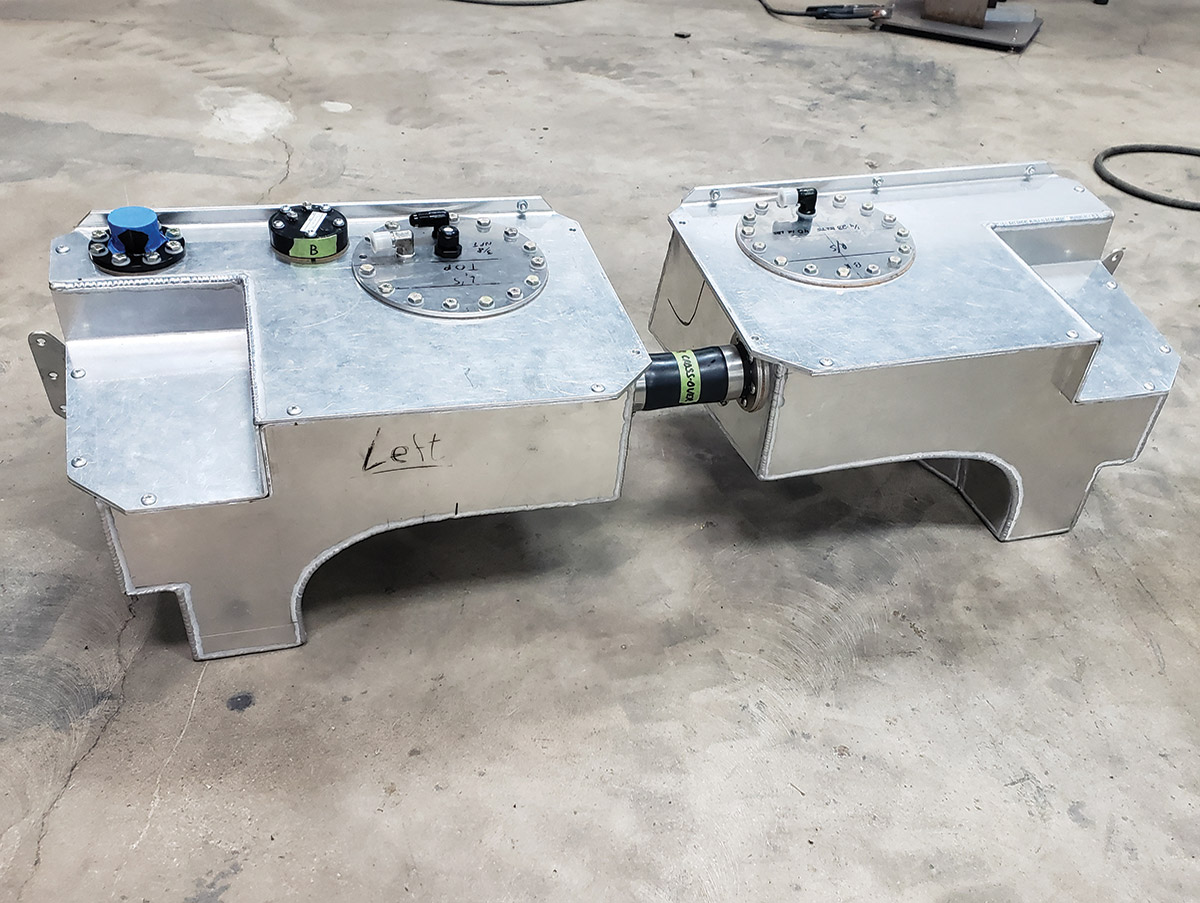
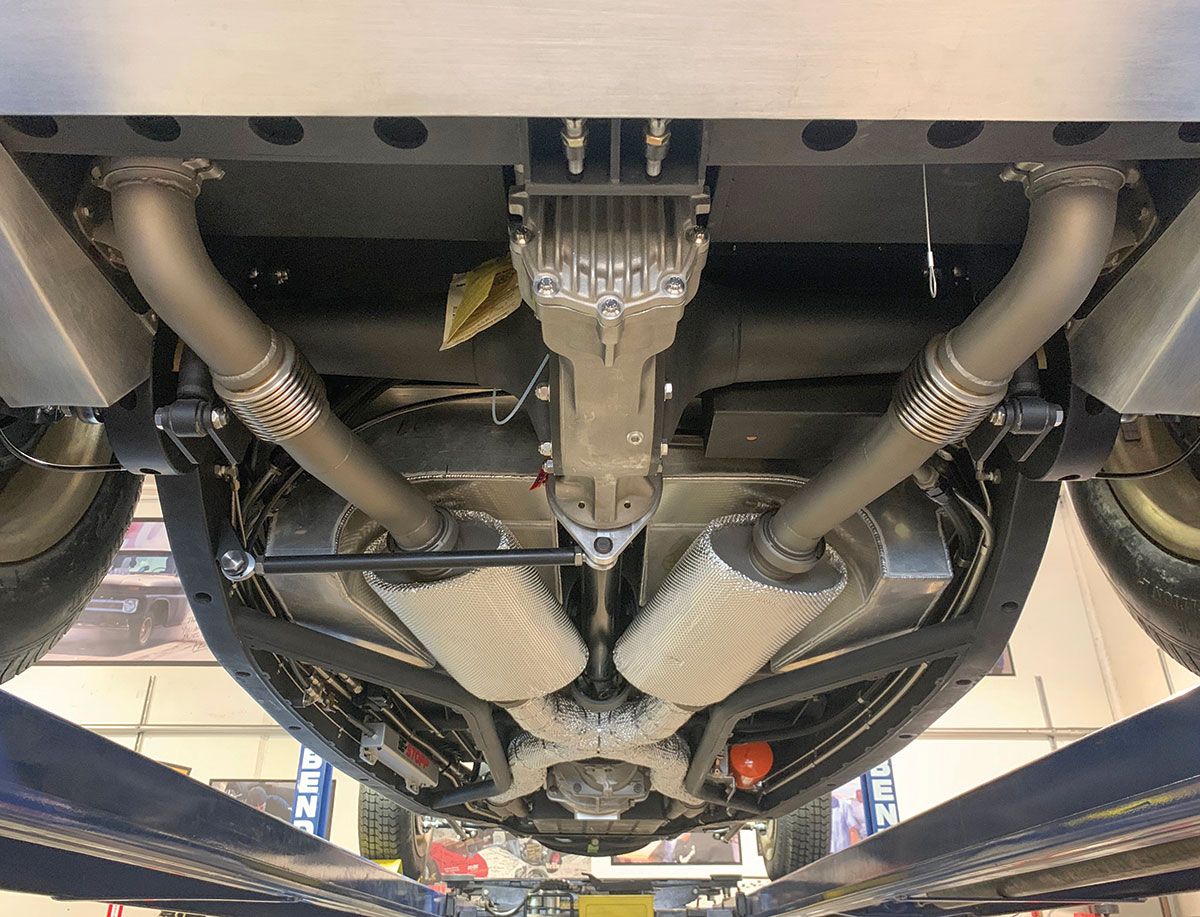

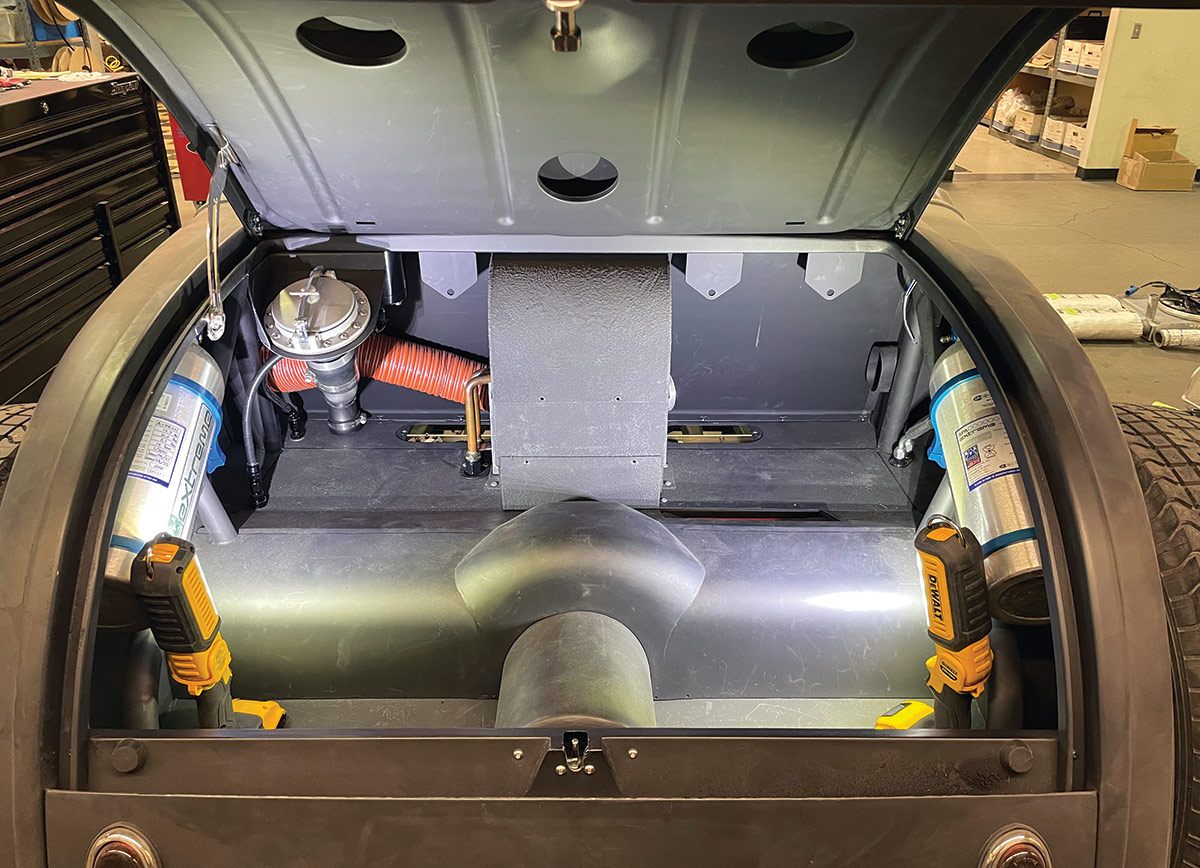

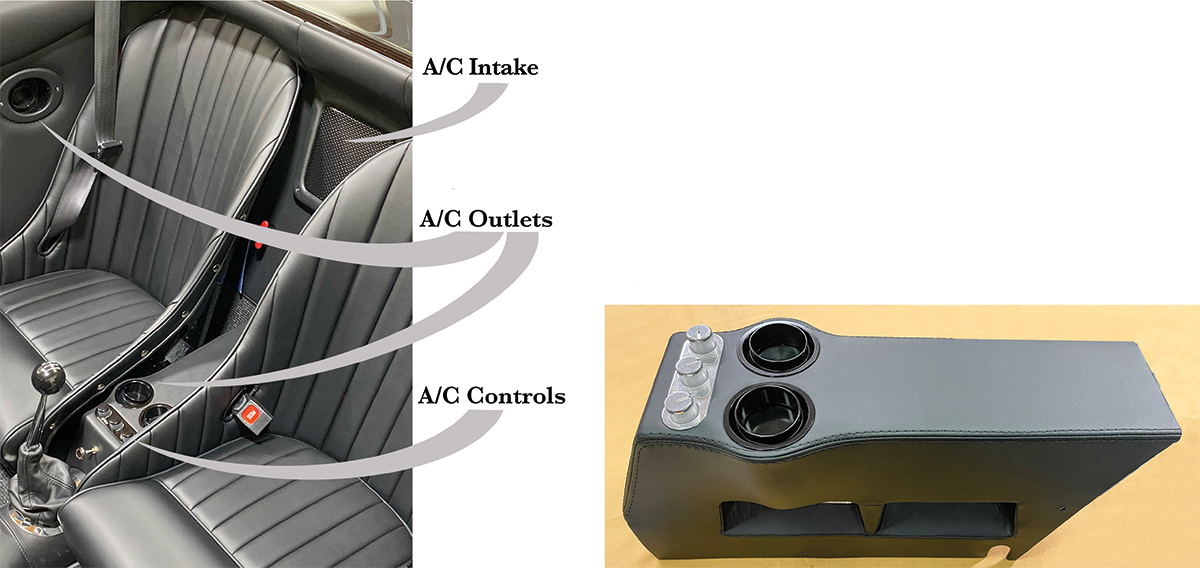
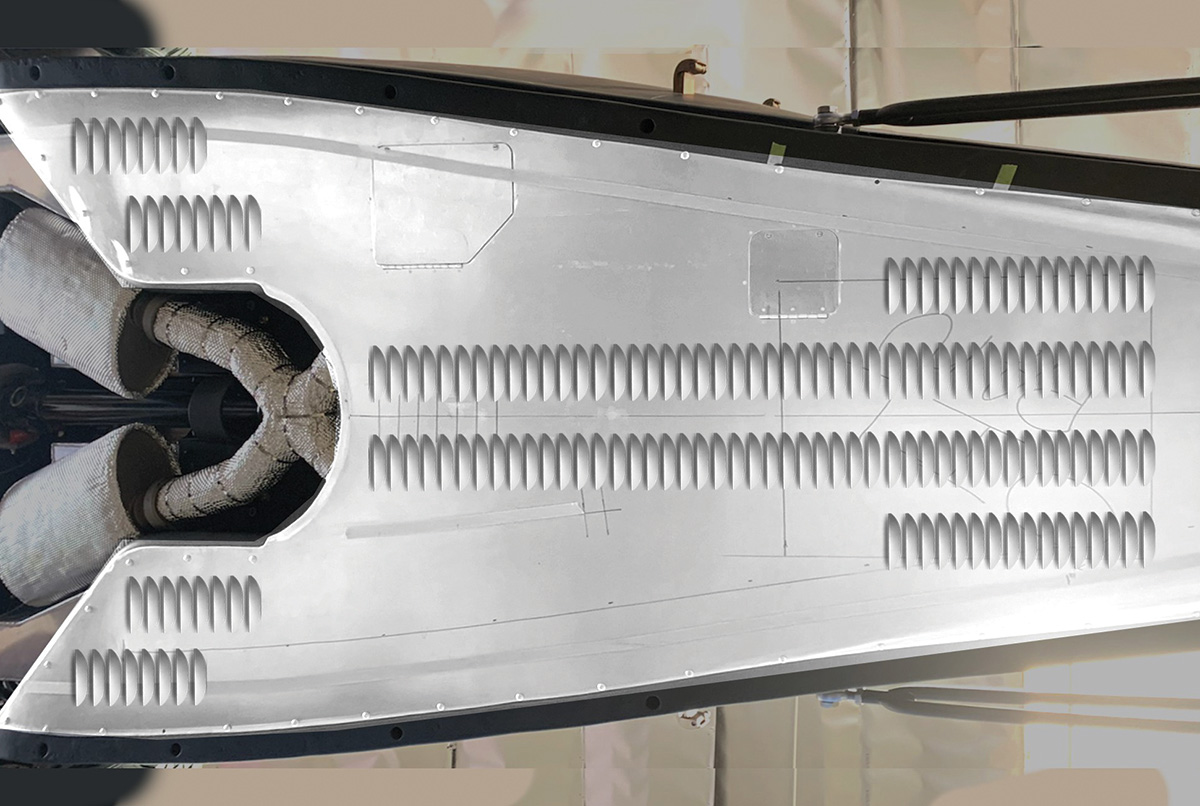
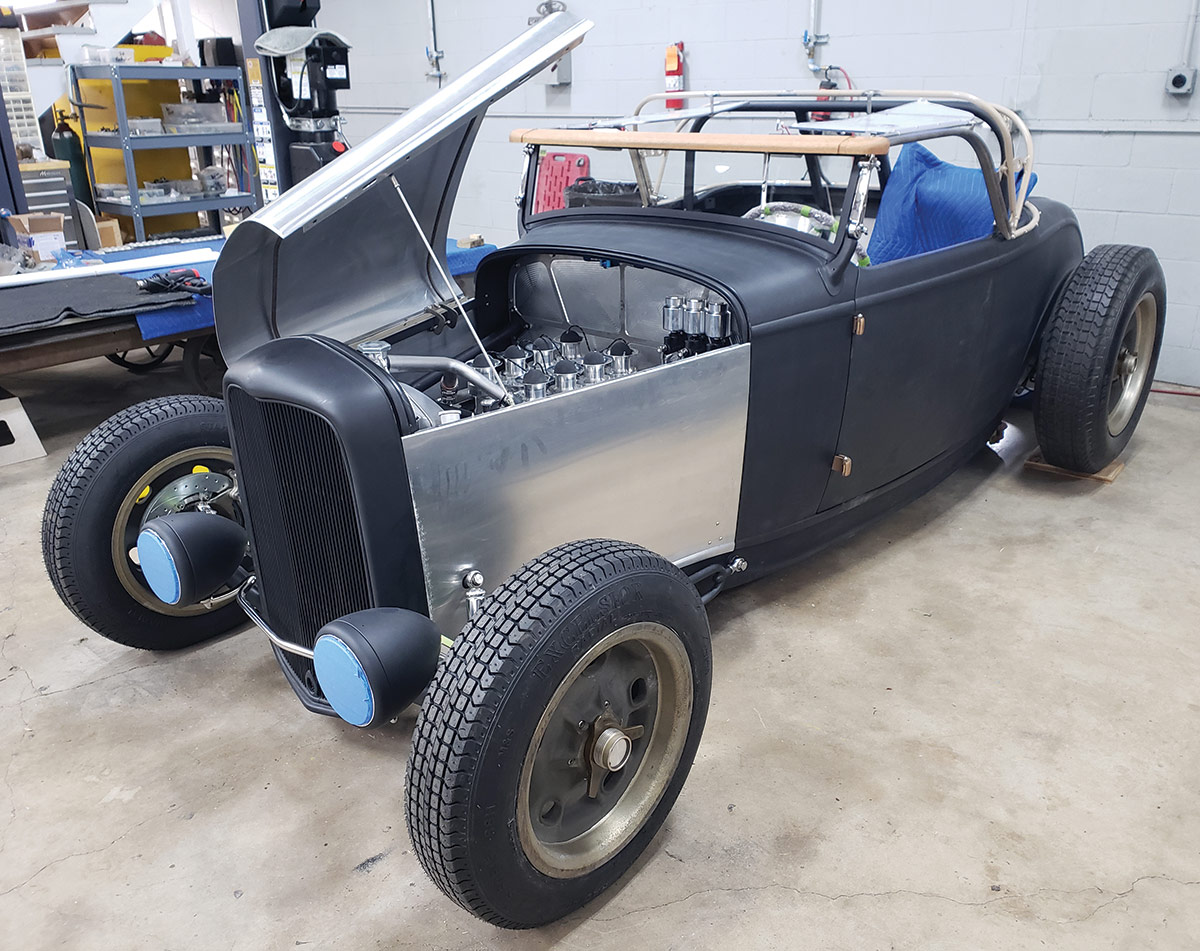
VOLUME 4 • ISSUE 32 • 2023